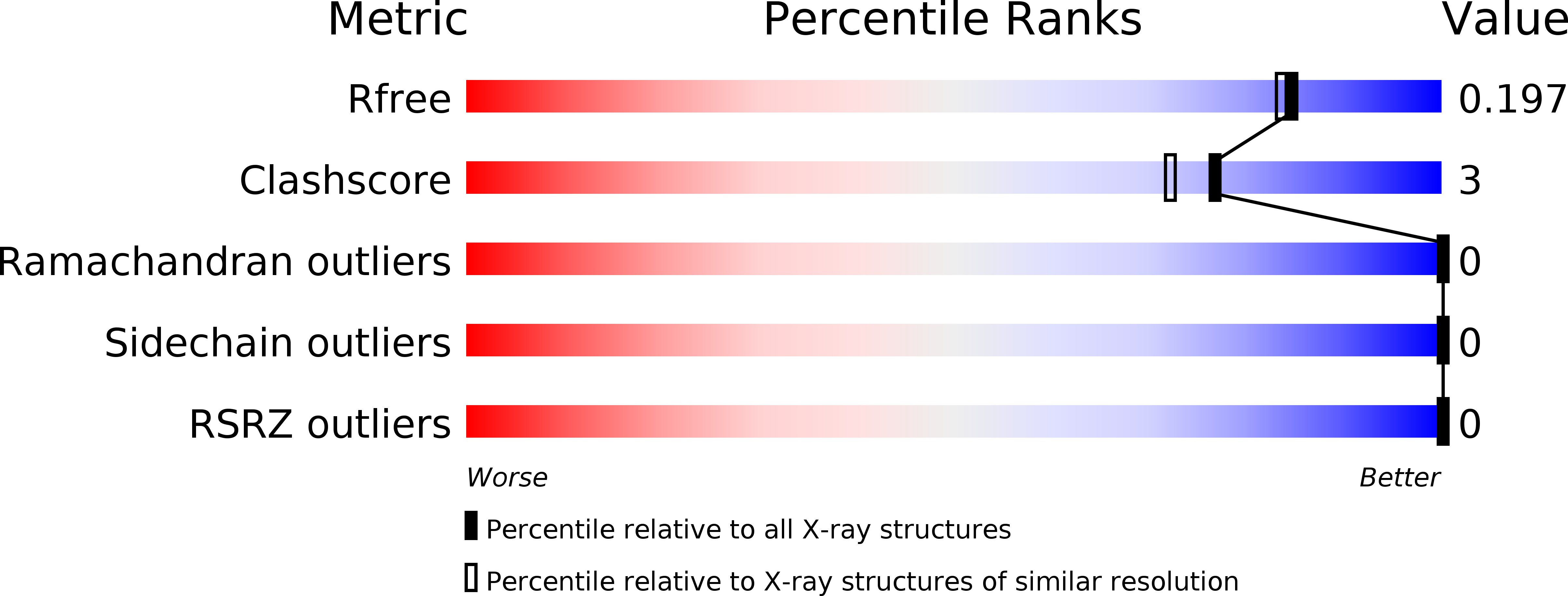
Deposition Date
2011-12-03
Release Date
2012-05-30
Last Version Date
2024-10-16
Method Details:
Experimental Method:
Resolution:
1.80 Å
R-Value Free:
0.19
R-Value Work:
0.16
R-Value Observed:
0.16
Space Group:
C 2 2 21


